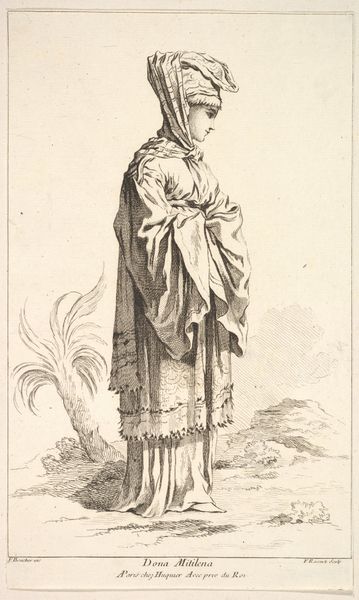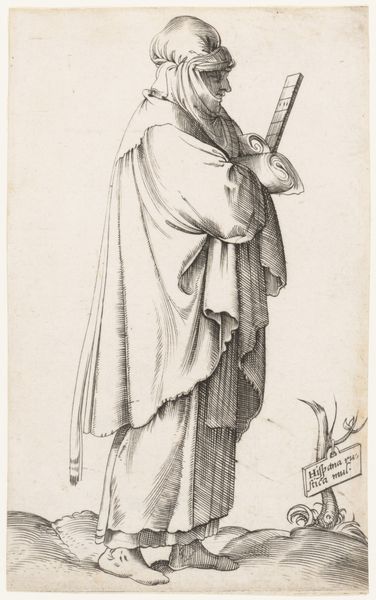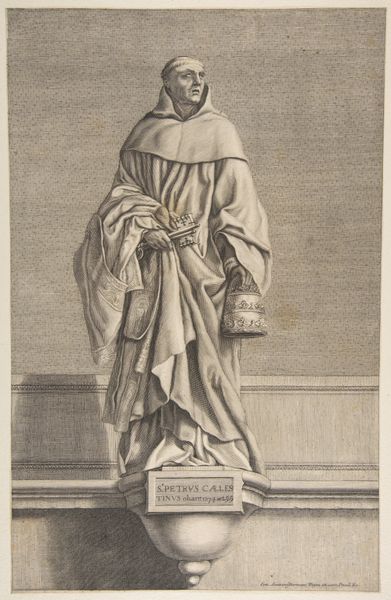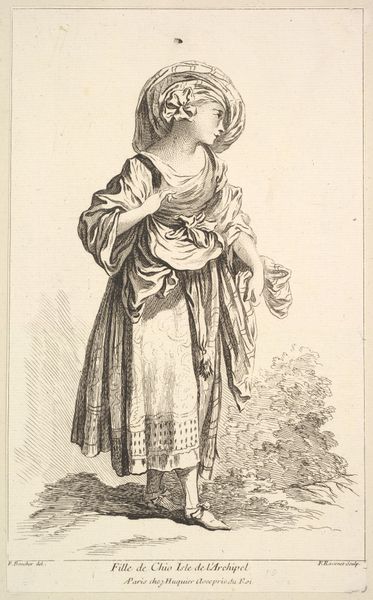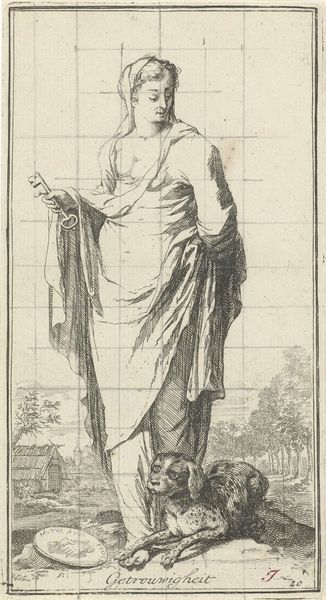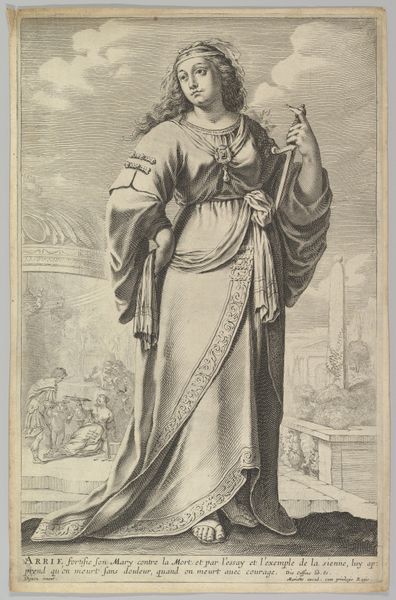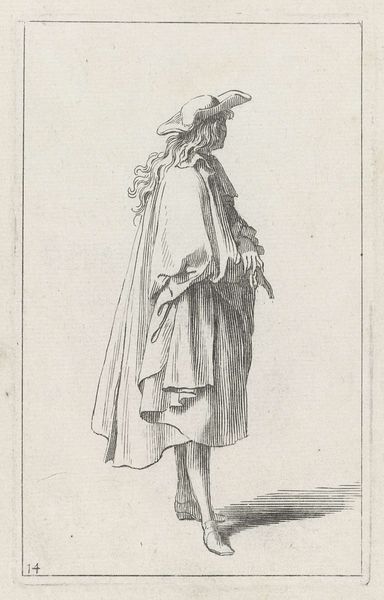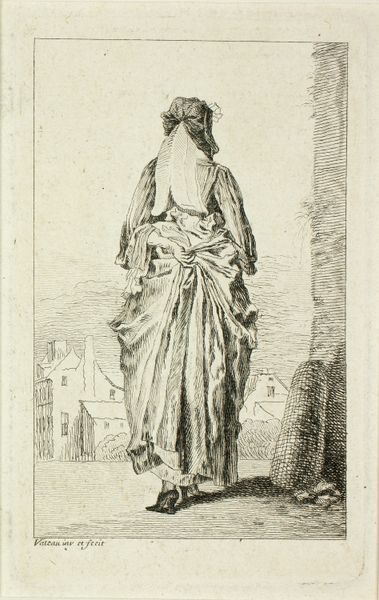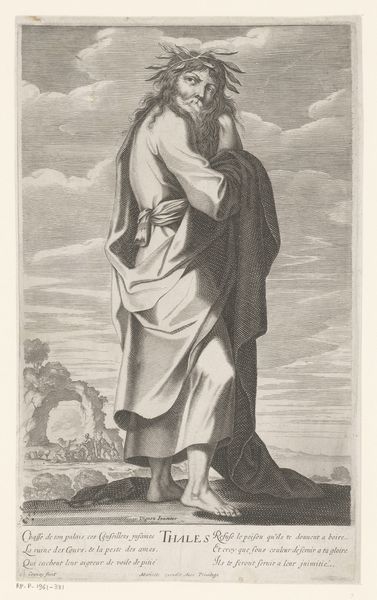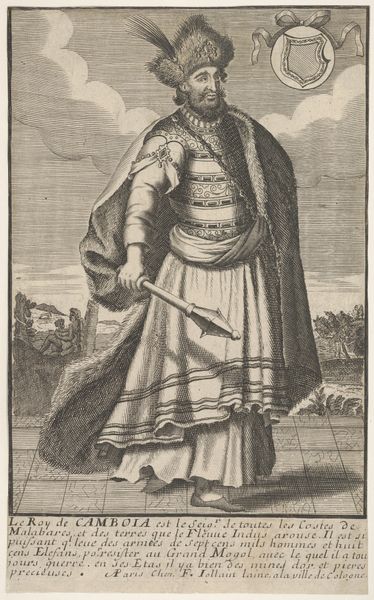![Femme de Macédoine, from Recueil de diverses fig.res étrangeres Inventées par F. Boucher P.tre du Roy et Gravées par F. Ravenet (Collection of Various Foreign Figures, Devised by F. Boucher, Painter of the King and Engraved [etched] by F. Ravenet), plate 12 by Simon Francis Ravenet, the elder](/_next/image?url=https%3A%2F%2Fd2w8kbdekdi1gv.cloudfront.net%2FeyJidWNrZXQiOiAiYXJ0ZXJhLWltYWdlcy1idWNrZXQiLCAia2V5IjogImFydHdvcmtzLzVmMzE5MjAxLTI3NjQtNDU4YS04NTNkLTllODNhOTFjMmU3YS81ZjMxOTIwMS0yNzY0LTQ1OGEtODUzZC05ZTgzYTkxYzJlN2FfZnVsbC5qcGciLCAiZWRpdHMiOiB7InJlc2l6ZSI6IHsid2lkdGgiOiAxOTIwLCAiaGVpZ2h0IjogMTkyMCwgImZpdCI6ICJpbnNpZGUifX19&w=3840&q=75)
Femme de Macédoine, from Recueil de diverses fig.res étrangeres Inventées par F. Boucher P.tre du Roy et Gravées par F. Ravenet (Collection of Various Foreign Figures, Devised by F. Boucher, Painter of the King and Engraved [etched] by F. Ravenet), plate 12 1710 - 1772
0:00
0:00
drawing, print, etching
#
portrait
#
drawing
#
baroque
# print
#
etching
#
figuration
Dimensions: Sheet: 10 1/2 x 6 1/4 in. (26.7 x 15.8 cm)
Copyright: Public Domain
Curator: Here we see "Femme de Macédoine", an etching by Simon Francis Ravenet the Elder, created sometime between 1710 and 1772. It’s currently housed here at the Metropolitan Museum of Art. What are your initial thoughts? Editor: The most striking thing is the heavy drapery. There's so much of it that it almost seems to consume the figure of the woman, creating this effect of weight, not just visually but conceptually, suggesting perhaps the constraints or burdens placed upon her. Curator: Exactly. The image is part of a larger series, "Recueil de diverses figures etrangeres", in which Boucher provides sketches and Ravenet then creates etchings from these, highlighting figures from various countries and cultures, made specifically for consumption in the burgeoning European print market. Editor: And within that market, the specific visual cues are critical. The woman’s garb isn't just clothing, it speaks of a generalized "otherness". The way she’s positioned in front of a garden backdrop too - she almost seems like a prop, another object within that fashionable garden space. It evokes classical images of Caryatids that are transformed into living, breathing specimens here. Curator: Fascinating. If we think about the etching process itself, the line work has a kind of crispness, hasn't it? Each line, carefully placed to mimic Boucher’s initial sketch and the distribution networks were crucial. This image becomes easily reproducible, sold as part of a set, disseminated widely to an audience eager for glimpses into these supposedly "exotic" corners of the world. The etching is not only a visual representation but also a product of cultural consumption. Editor: Precisely, these images perpetuated ideas, they were potent conveyors of visual narratives. Look at her headdress -it makes reference to head coverings worn by women in this period, however this stylized exaggeration moves it into an aesthetic symbol of a particular cultural type. I wonder what contemporary audiences projected onto this 'Macedonian Woman', especially given the power dynamics of the time? Curator: It's the materiality and methods of its production that ground these discussions for me, emphasizing how knowledge and images circulated. It is important to recognize the labour and industry at work as much as it is to recognize the cultural symbolism that is readily at play here. Editor: Yes, an elegant dance of symbols and society creating a unique lens on an era's cultural appetites and aesthetic desires. Curator: Precisely.
Comments
No comments
Be the first to comment and join the conversation on the ultimate creative platform.
